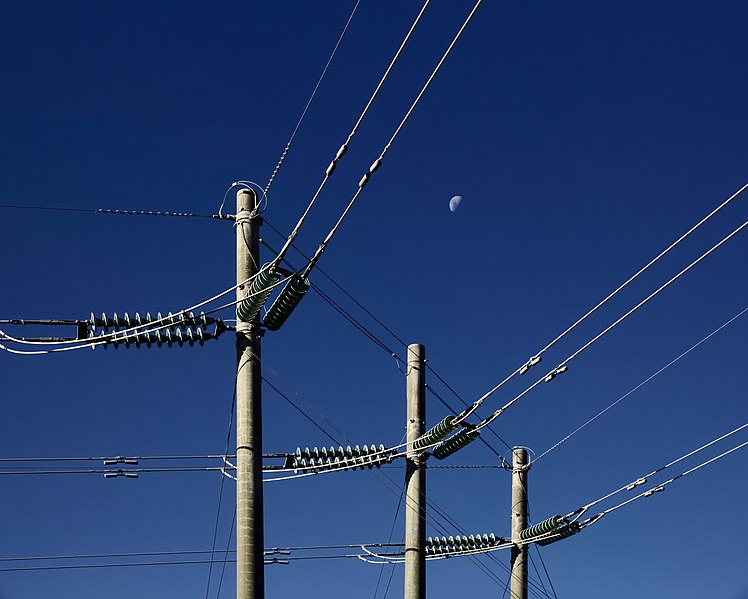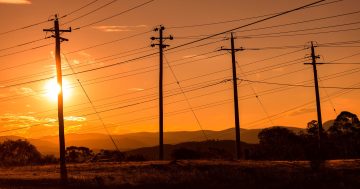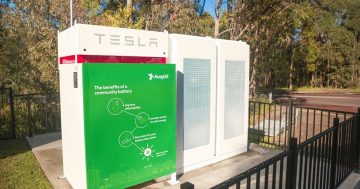
Rising network costs will boost ACT bills. Photo: File.
Canberrans will buck a national trend and pay more for their household power over the next three years, according to the Australian Energy Market Commission.
AEMC says in its report on residential electricity price trends that annual bills in the ACT are expected to increase by 2.3 per cent or $45 over the whole reporting period to 2022-23.
It says that nationally, although Western Australia and the Northern Territory are not included, residential electricity prices and bills are expected to decrease until 2021-22, before rising in 2022-23, but overall prices will fall.
This is driven by the falling cost of wholesale electricity, due to increasing solar and wind generation and lower gas prices.
Environmental costs are also falling, driven by a decrease in Large-scale Renewable Energy Target (LRET) costs due to cheaper large-scale generation certificates (LGCs).
Across the NSW border, bills are expected to fall by $29 to 2022-23, driven by a greater take-up of solar rooftop panels, south-east Queensland by 14.2 per cent ($190) and 3.6 per cent (or $70) in Tasmania.
In Victoria, a surge in wind farm generation will see bills fall by 37.2 per cent or $197 over the three years, and in SA more solar PV is behind an expected decrease of 10.8 per cent (or $203) in bills.
While the ACT’s electricity is now sourced completely from renewable generators, rising network costs will increase bills by 14.6 per cent (or $78) over the next three years.
AEMC says this is being driven by an increase in distribution and transmission costs, partly due to previous under-recoveries and higher operating expenditure.
Wholesale costs are expected to go down by 13.4 per cent (or $108) and environmental costs by 8.1 per cent (or $26).
The residual cost component explains the remaining variations in the annual residential bill.
AEMC attributes the expected slight increase in prices and bills in 2022-23 to the closure of the Liddell power station.
Federal Minister for Energy and Emissions Reduction Angus Taylor said the Federal Government expected the electricity sector to deliver 1,000 megawatts of new dispatchable energy before Liddell closes in 2023.
He said the forecast lower prices come after government measures such as introducing a price cap to protect loyal customers from being ripped off, prioritising the delivery of reliable generation and transmission, getting rid of sneaky late payment penalties, and passing the ‘big stick’ legislation to hold the energy companies to account and require them to pass on cost reductions to their customers.
AEMC says that the pricing and billing outcomes do not constitute specific forecasts and that the results may not reflect what consumers actually pay.
”Actual price movements will be influenced by how retailers compete, the dynamics of the wholesale spot and contract markets, the outcome of network regulatory decisions, and changes in policy and legislation,” it says.
”However, the results do reflect movements in the underlying costs of service provision and are a guide to pricing and bill directions based on current expectations, policy and legislation.”
Original Article published by Ian Bushnell on The RiotACT.








